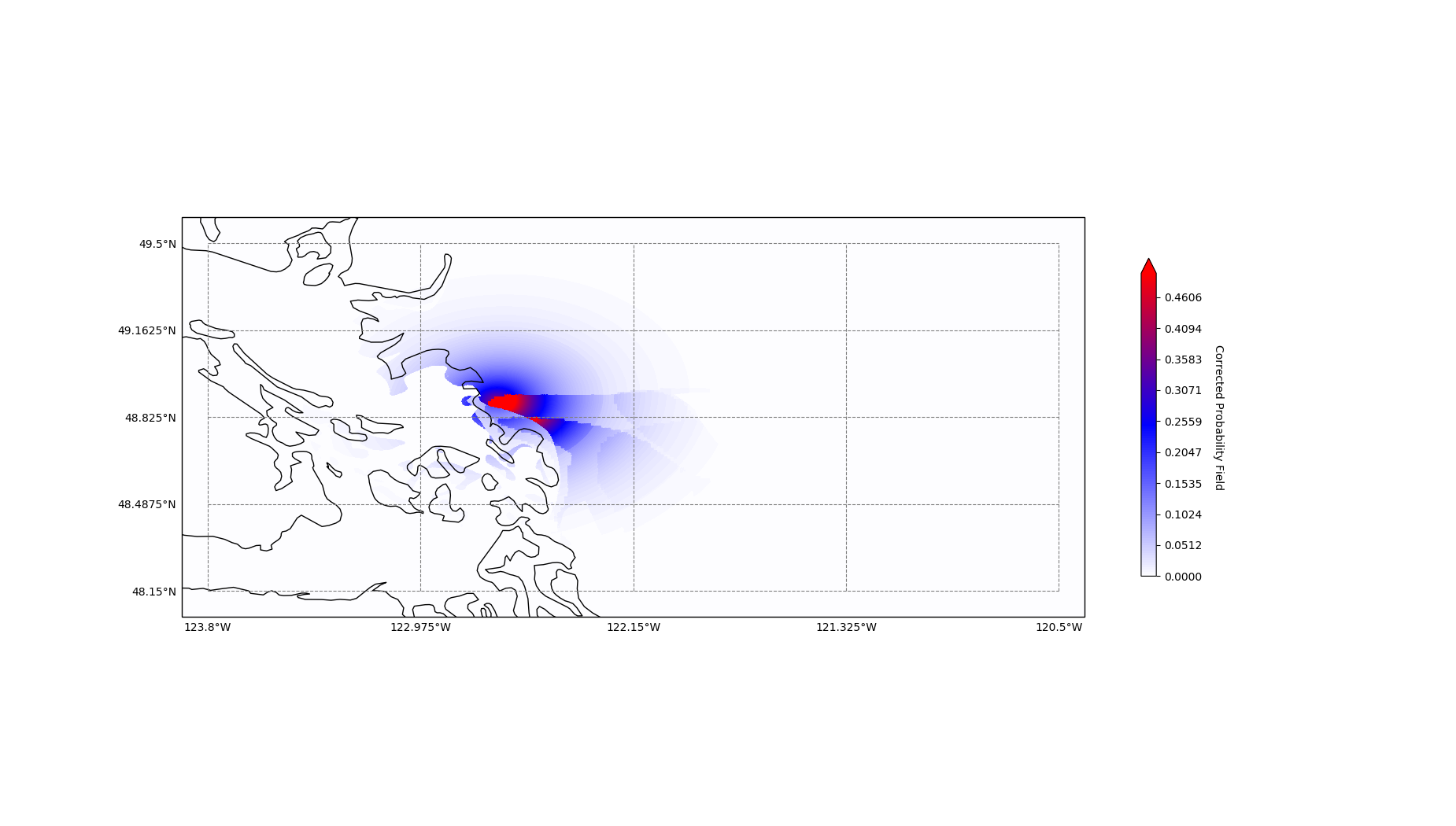The Problem
Looking back at 2020, we had lots of problems! One unexpected one – which seemed like a fever dream – was the expansion of “Murder Hornets” (the Vespa Mandarinia species) in North America. This species created concern among biologists in the State of Washington, as it could potentially disrupt native species and become invasive.
This problem was the basis for our research, and for our competition on COMAP’s Mathematical Contest in Modeling.
The Solution
We created a mathematical model to track the expansion of V. Mandarinia with the help of geological features, past GPS coordinates of sightings, nesting habits and reports from high-risk areas. This model allows for predictions to future years based on current expansion trends.
Technical Details
- Modeling and Analysis: Python and TensorFlow
- Vector Mapping: Cartopy
My Role
As a member of the team, I aided in the research, mathematical calculations and overall implementation of the model. I also researched possible avenues for AI image recognition with TensorFlow.
Key Challenges & Solutions
Challenge: Creating an accurate model that tracks V. Mandarinia over time.
Solution: Implemented a hybrid approach combining geological data, GPS coordinates, and nesting habits to create a predictive model that can be used to track the expansion of the species.
Challenge: Working under time pressure to research, conceptualize and write an academic paper.
Solution: Divided the work among team members, with each member focusing on a specific aspect of the model. This allowed us to work efficiently and meet the deadline.
Results & Impact
- Honourable Mention in COMAP’s Mathematical Contest in Modeling
- Published academic paper on the model’s predictive capabilities
